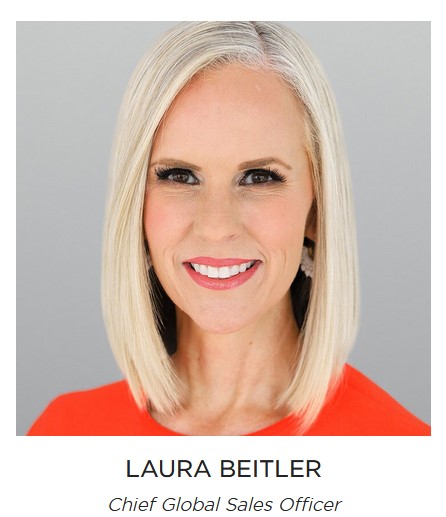
Frontloading Inventory
We’ve talked before about sales directors ordering too much inventory, so let’s go back to ABC’s 20/20 segment about Mary Kay and Pink Truth. Two of the biggest problems in Mary Kay Cosmetics are the lack of retail sales of the product and consultants and directors having large stockpiles of inventory. Watch below and then continue reading.
When asked by 20/20 how Mary Kay knows “… that the product isn’t ending up in people’s basements,” Laura Beitler replied:
“Oh, trust me Rebecca. We know that women love to buy Mary Kay products over and over again.”
See what she did there? She didn’t answer the question. She was asked about products being stockpiled in basements, and the best answer she could come up with is that women buy Mary Kay products.
Sure, women buy the products. But in what amounts? How does Mary Kay know that all of those “star orders” are ending up in the hands of actual consumers? The fact is that most of the product does NOT end up with a customer. Mary Kay knows this, so they choose to track only orders placed by consultants, rather than tracking actual retail sales. Ignorance is bliss! The company gets to pretend that most of the products sold to consultants are retailed to actual customers.
Then there is this little tidbit that Mary Kay used to attempt to prove that there are lots of retail sales:
The company says tens of millions of dollars of consultant orders are shipped directly to consumers every year.
That sounds impressive, doesn’t it? Tens of millions…. or something between $20 million and $99 million… is shipped directly to consumers. Impressive, until you do the math. Mary Kay says they sell $3 billion wholesale annually:
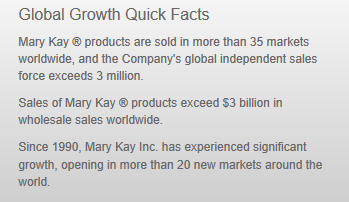
That’s $6 billion of products at retail pushed out Mary Kay’s door each year. They brag that “tens of millions of dollars” go directly to customer. This means that something between 0% and 2% of Mary Kay’s yearly sales are shipped directly to customers. What about the other 98% or more of products that are in the hands of consultants?
You can’t have it both ways, Mary Kay. You can’t fail to track actual retail sales, then claim that lots of retail sales are occurring. If you’re not tracking sales, you don’t know. The anecdotal evidence is very clear: If you walk away from your encounter with Mary Kay without unsold/unwanted products on your shelf, you are one of a very select few. (And you certainly won’t get to the levels of top director or national sales director without hoards of product in your basement or garage.)
We’ve heard it all before. When Harper’s magazine ran an article called The Pink Pyramid Scheme in August 2012, Mary Kay had some damage control to do. In an interview on NPR, Mary Kay’s Laura Beitler claimed that “…the majority of the product ends up with end consumers.”
The lie behind that statement was exposed here by The Scribbler:
False. Ms. Sole-Smith was quick to remind Beitler that “Mary Kay doesn’t track their retail sales. She can’t tell us how much they’re actually selling to the retail market.” while Beitler tried to suggest that “…when you look at all the beauty editor mentions we have in magazines regularly, being named as a top beauty brand, you don’t get there without having a significant number of end consultants, consumers in the mix.”
Beitler’s logic is fractured, as she assumes that because Mary Kay gets beauty editor mentions or gets named as a top beauty brand, this must mean that that the majority of the product is being sold to end consumers. Again, without proof of retail sales, Beitler cannot accurately make this claim.
Mary Kay has a vested interest in pretending that the vast majority of products sold to consultants ends up in the hands of third party consumers. If it didn’t, the company would be nothing more than a glorified pyramid scheme which uses mediocre cosmetics as a front to look like a legitimate business. Wait a minute…..


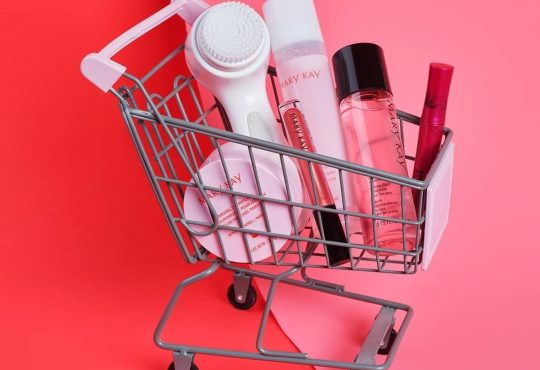
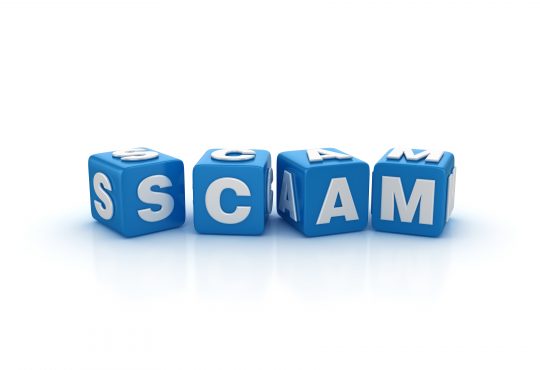
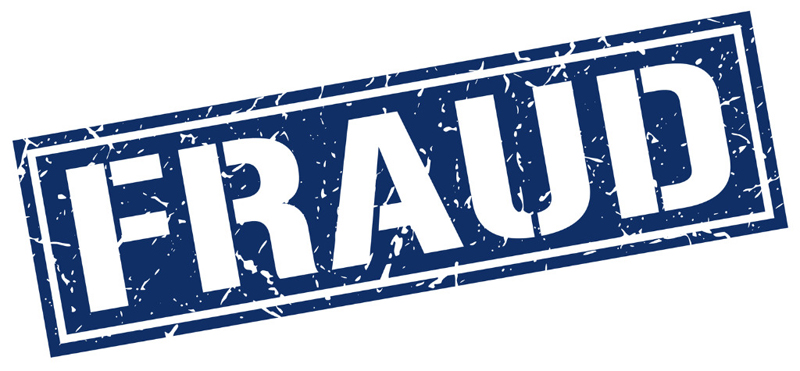
 Visit the
Visit the
The fact that Mary Kay herself created an “unofficial”100% buyback policy for families of deceased consultants to send back any and all inventory ever ordered says it all! She wanted consultants to keep ordering products even if they were never sold. It is interesting that the company NEVER gives actual retail sales figures, isn’t it?
And according to Facebook chatter, that policy is gone, or at best being applied only sporadically. Meaning the survivors are stuck with it.
Given how MK gets literally furious with rage whenever anyone tries to unload their junk on Amazon or wherever, sell it at a booth during a fair, give it away to another consultant, or anything, that kind of proves they don’t give a hoot about getting makeup on faces. They just make a fuss because those people aren’t buying it from Corporate and putting money in the company’s pockets.
Legit retailers who care about customers and their reputation WANT their products out in the bigger world even if you don’t buy it directly from them. The world is full of used cars, thrift shop clothing and furniture, free samples, product giveaways, and on and on. One time I won a gift basket of food and there were several things I made a point of hunting down and buying again, that I never would have known about unless I’d gotten the basket.
“Oh, trust me” isn’t considered a valid source in journalism. 😂
Bottom line, when changing their policy to only buying back what was ordered in the last xx months says it all.
Since Mary Kay sees the IBCs as their true customer, they would not be lying to say ~98% of their product goes to the “end customer.”
I know for a fact it is a lie. I and several of my team members had tons of products sitting around. I still have some. I basically give it away now. One of the reasons I got out was due to feeling so bad because someone trusted me and ended up with lots of unused products.
A few years ago, I was at the hair salon when a friend of the owner came in with boxes of MK products. She said her MK MIL had died and left loads of unopened MK inventory in her house. She was selling off the products at 25 cents each.